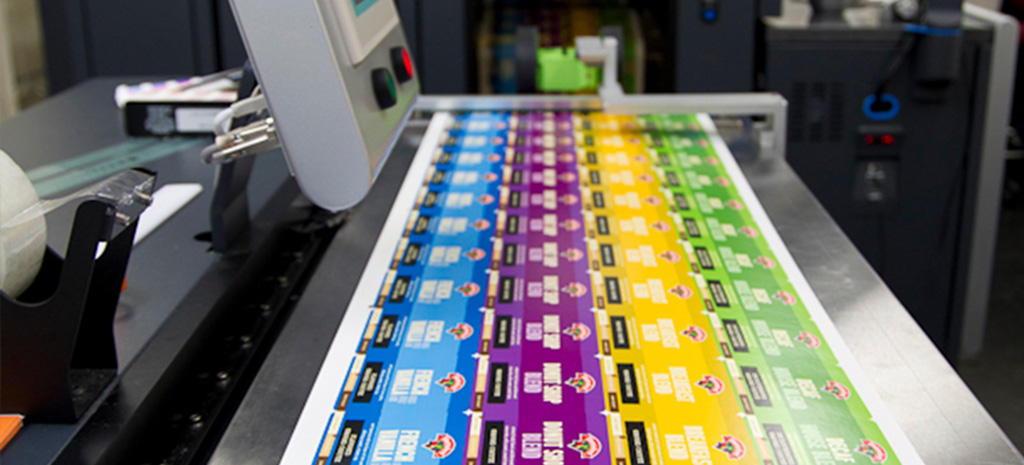The world of packaging is constantly evolving, and one of the game-changers in this industry is flexo printing on foil. With a growing demand for beautiful yet practical packaging, businesses are turning towards this method to step up their branding game. But what exactly makes flexo printing on foil so essential? Let’s dive in and uncover the magic behind it.

Understanding Flexo Printing
Before we explore the specifics of printing on foil, lets understand what flexo printing is. Flexography is a form of printing that utilizes a flexible relief plate. It is known for its ability to print on a wide variety of substrates, including plastic, foil, acetate film, brown paper, and many more. The technique has gained popularity due to its efficiency and versatility.
Why Choose Flexo Printing?
One major advantage is speed. Compared to other types of printing like digital, flexo is much faster, making it ideal for large runs. Its also cost-effectiveonce the initial setup is done, producing large quantities becomes cheaper.
The Process of Flexo Printing on Foil
Printing on foil might sound complicated, but it’s quite the opposite with flexo printing. It involves:
1. Plate Preparation
The first step is preparing the plate to create the desired image. For more detailed understanding, visit how plate making in flexography is done.
2. Ink Application
Inks used must adhere well to foil and dry quickly. Solvent-based inks are often chosen for this task.
3. Printing
The prepared plate transfers the ink onto the foil substrate. Flexo printing on foil is popular in various sectors such as food packaging or cosmetics. [See why it’s used for carton printing for more insights].
Advantages of using Foil in Flexo Printing
Combining flexography with foil offers numerous advantages:
Durability
Foil offers excellent resistance to moisture and other environmental factors, ensuring designs remain intact.
High Aesthetic Appeal
Foil substrates add a touch of elegance and luxury, making them perfect for high-end products.
Environmental Impact
Modern-day consumers are eco-conscious, leading to more sustainable printing solutions.
Recyclability
Many foils can now be recycled, aligning with green initiatives.
Eco-friendly Inks
Water-based inks used in flexo reduce environmental pollution.
Challenges in Flexo Printing on Foil
Despite its benefits, printing on foil can present some challenges:
Adhesion Issues
This is a primary concern, as some inks may struggle to adhere to foil surfaces.
Ink Flow
Ensuring a consistent flow of ink requires expertise and experience. Businesses might face challenges related to printing quality.
Recent Innovations in Flexo Printing
With advancements in technology, flexo printing has seen numerous innovations:
Digital Plates
These allow for finer details and quicker preparation times.
Automation
Automated machines reduce human errors and increase production capacity.

In Conclusion
The fusion of flexo printing and foil is redefining how businesses view packaging. It offers a blend of aesthetic brilliance and functional durability. Brands looking to make a mark should definitely consider this approach for their packaging needs.
FAQ
1. Why is flexo printing suitable for foil?
Flexo printing offers rapid production speeds and cost efficiency, making it ideal for foil, which is often used in luxurious packaging.
2. Are there sustainability concerns with this method?
With advancements like water-based inks and recyclable foils, flexo printing is becoming more environmentally friendly.
3. Can I print any design using this method?
Absolutely! The versatility of flexo printing means nearly any design can be adapted for foil substrates.
For further exploration into printing technologies, you might visit Flexography on Wikipedia or compare it with digital printing.






